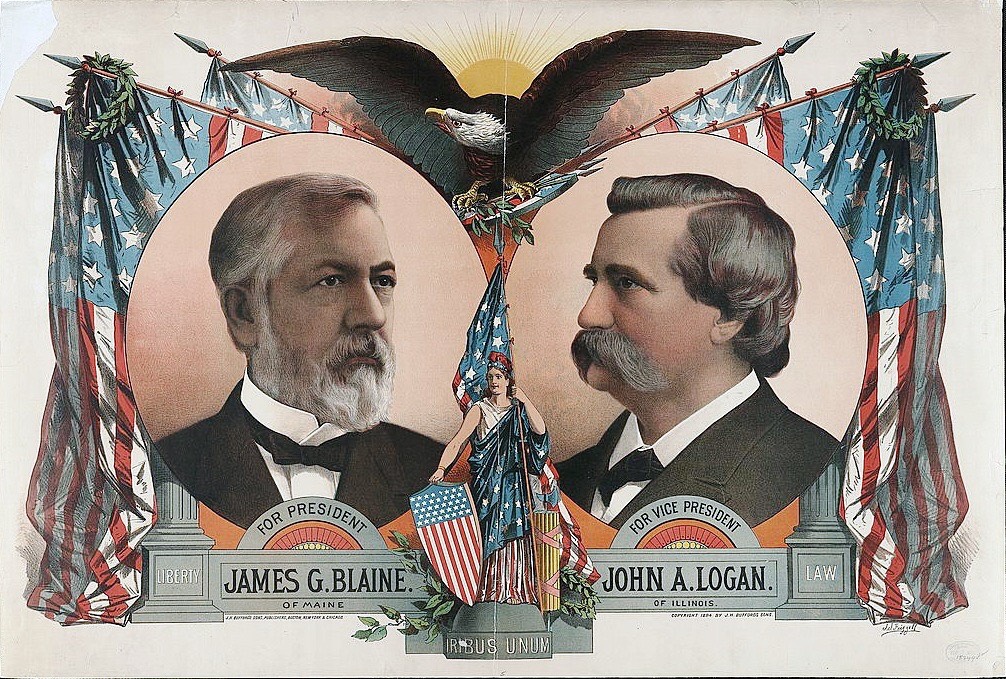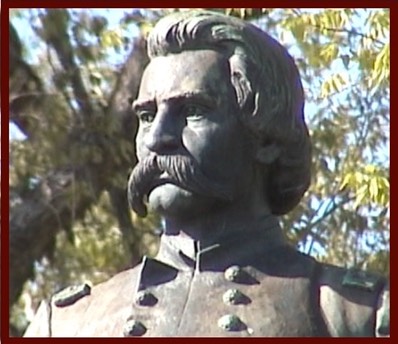There is a phenomenon known as folk etymology that we’ve all fallen prey to, whether we know it or not. The most familiar example may be “catercorner,” a word with a prefix that is supposed to mean “crooked” or “angled,” although no one’s sure why it means that or where it came from. But it looks like “cat” so we’ve changed the word into “kitty-corner,” conjuring the image of a cat taking a shortcut. There’s also a related linguistic term referred to as popular etymology, which means scratching our chins and taking a stab at word origins ourselves instead of leaving it to the experts.
Even Samuel Johnson, the author of the first English dictionary, played that game, declaring that the prefix of “bonfire” had to be the French adjective “bon,” as if the first caveman to ignite one, grunted something on the order of, “Umm. Fire. Good!” He probably did just that, but it has nothing to do with the prefix of “bonfire.” Although the word was originally “bonefire,” the English habitually shorten vowels and then sometimes forget that they’ve shortened them. Anyone who’s had his cold, aching bones warmed by a bonfire certainly considers fire an absolute good at that moment, although the name of the roaring blaze that warms bones actually harks back to a time when dry bones were used for fuel. Anyway, that’s what I’m told. Maybe that’s why I always have trouble getting a conflagration going in the fireplace. I’m not tossing in enough dry bones.
A co-worker once tried to convince me that “shoddy” was simply the polite version of a vulgar Anglo-Saxon word that’s almost its homonym and can mean about the same thing. I considered the matter for a moment and then suggested that the word might actually be derived from the business of making shoes or horseshoes. “Slipshod” After all, originally meant wearing your slippers on the street, marking you as someone who just didn’t care that much about personal appearance, and you can have a horse "half-shod," leaving out half the nails, or “ oughshod," leaving the nails sticking out a ways, which was supposed to hurt worse when you ran over someone. A wordsmith may have decided that there was something seedy about the whole footwear business and summed it up in the word “shoddy.” Neither I nor my coworker had heard about the cheap cloth made from recycled wool, which enjoyed a long history of popularity despite its name.

There seems to be something similar at work that we might call folk genealogy. My great-grandfather James William Logan was convinced that he was related to Civil War hero John Alexander Logan, an Illinois lawyer who served in Congress before and during the Civil War, in the Senate afterward, and was James G. Blaine’s running mate in the 1884 presidential election.
The two Logans did correspond for a while, and James’s grandchildren insisted that the men must have been cousins. This is quite unlikely since my grandfather’s family came to America from Scotland, settling for a time in Nova Scotia and then Boston before a contingent of them arrived in Republic County. In the meantime, it turns out that General Logan's father and grandfather hailed from Ireland.
If John Alexander Logan is spoken of at all these days it is as a bit of trivia attached to Memorial Day, Senator Logan being the driving force behind the effort to make its predecessor, Decoration Day, a national holiday. In the late 1800’s, however, he was a celebrated politician and a renowned orator whose death at the age of sixty was an occasion for national mourning, at least outside the South.

Several years ago I was dispatched to provide technical support for a series of sales presentations given by a TV station at Greenville in the Mississippi Delta. Finding myself with an unexpected day off, an engineer and I decided to drive a bit further south to tour the Vicksburg National Military Park. I have to admit that one of my main reasons for going there was that I knew I would find a monument to the man whom I, not knowing better at the time, still regarded as a cousin.

The park was established in 1899, and, unless Wikipedia has steered me wrong, encompasses 1,325 monuments and markers, as well as 20 miles of trenches and earthworks. States evidently competed to outdo one another with shrines to their sons who fell at Vicksburg and nearby. The one provided by the State of Illinois is one of the more elegant examples.
Further along on the tour, at a point we did not have time to reach that day, there is a restored ironclad gunboat, the USS Cairo, and a museum containing artifacts recovered from the vessel, which was sunk in 1862 and raised in 1964.

An heroic bronze statue of the General Logan overlooks a section of the park reserved to honor his home state, one of at least three bronze sculptures erected around the country to memorialize John A. Logan. I was thrilled to see it, had even brought a digital camera in case we managed to get to Vicksburg, and later edited a short film of our winding tour of the trench-pocked battlefield.
If I had known then what I know now, instead of Logan I might have searched for an actual cousin, Christopher Wolfe Lovewell, who was cut down by rifle fire while trying to throw a jury-rigged bridge across a ditch protecting the city. Of the 150 Illinois men involved in the failed maneuver to open a gateway for Federal troops to pour into Vicksburg, Christopher Lovewell and 119 others died on the slopes of that ditch.
There are 18,000 interments in the Vicksburg National Cemetery, not all of whom actually fell in the Vicksburg campaign. Christopher Lovewell is undoubtedly buried there, but incognito, like about 12,000 of his neighbors in the Mississippi soil, who were laid to rest as unknowns.